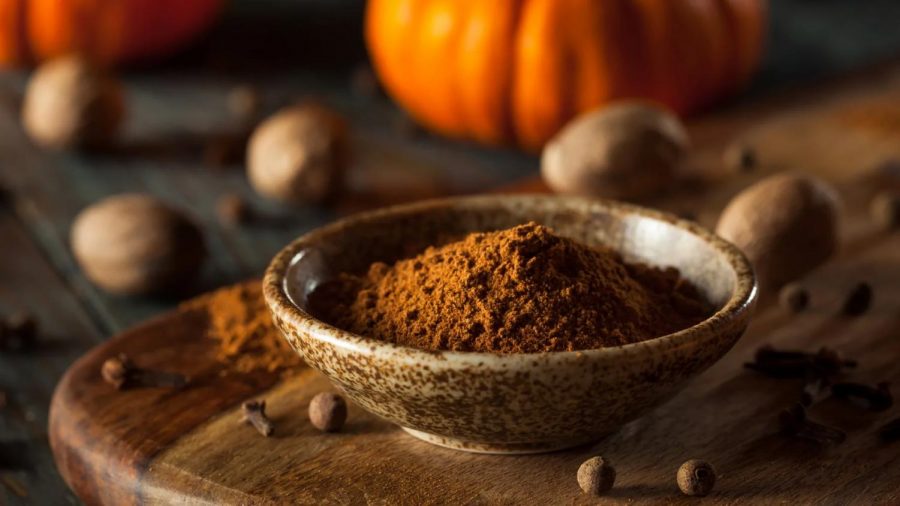Pumpkin spice products reemerge in annual season craze
Some key ingredients of what is now known as pumpkin spice were found on ancient Indonesian pottery dating back as far as 3,500 years.
November 11, 2020
In recent years, pumpkin spice has become somewhat of a holiday tradition. There are seasonal pumpkin spice lattes (PSL) from Starbucks and all things pumpkin-spiced elsewhere, including pumpkin spice seltzer water, perfume, and even pumpkin spiced SPAM. Unbeknownst to most people, pumpkin spice is not some new flavor cooked up by Starbucks in the early 2000s, but a spice mixture that traces back to the trades of Asia, North Africa and the Middle East.
There are mixed opinions over the pumpkin spice craze. Some love pumpkin spice, and cannot wait for it when the holiday season comes around, while others find the flavor boring and overused.
In a survey of 86 WCHS students, 71% of students said that they enjoyed pumpkin spice flavored items. Out of those 61 students, 44% said they enjoyed pumpkin spice flavored baked goods. Of all 86 students, only about 25% have had a pumpkin spice latte.
When it comes to the holiday season, the amount of pumpkin spice products may seem overwhelming.
“I associate pumpkin spice with the holiday season mostly because stores like Dunkin’ Doughnuts and Starbucks only have the flavor around during the holiday season,” Sloane Levy said.
Pumpkin spice has no pumpkin in it. In fact, it is a mixture of nutmeg, cinnamon, ginger, cloves and other spices that have been used to season cooked pumpkin and other foods. The pumpkin spice craze began in 2003 when Starbuck introduced its Pumpkin Spice Latte. However, Starbucks did not create pumpkin spice. Pumpkin spice and nutmeg based spices have been enjoyed by people for thousands of years. In fact, the mixture of spices similar to present-day pumpkin spice has been found on shards of clay jars dating back 3,500 years according to the History Channel.
“I would think that it originated around the time of the pilgrims, that is the time period I most associate with people eating pumpkin,” said Levy.
In 2014, Starbucks sold 200 million seasonal lattes; according to BuzzFeed,that number increased to 350 million in 2017. By that estimate, the seasonal lattes at Starbucks, including the PSL, brought in approximately $1.4 billion in sales in 2017 alone. The PSL has also led to a $7.15 billion dollar partnership between Nestle and Starbucks to sell pumpkin spice creamer.
Since the PSL came out in 2003, companies have released numerous pumpkin spice food items, such as pumpkin spice Cheerios, caramels, Milano cookies, protein shake powder, and even such delicacies as the limited release pumpkin spiced SPAM.
“I find all the pumpkin spice food repetitive and uninteresting,” Heimlich said. “Things flavored pumpkin spice used to be new and different but over time it’s just become boring and overused,”
Whether you like pumpkin spice or not, it is here to stay. Considering that nearly 500 million dollars in pumpkin-flavored products were sold in the United States over the past year, according to the rating company Nielsen, it is clear that the ancient people in Indonesia had some good ideas. Clearly, all the pumpkin spice lovers have the people of Indonesia to thank.



